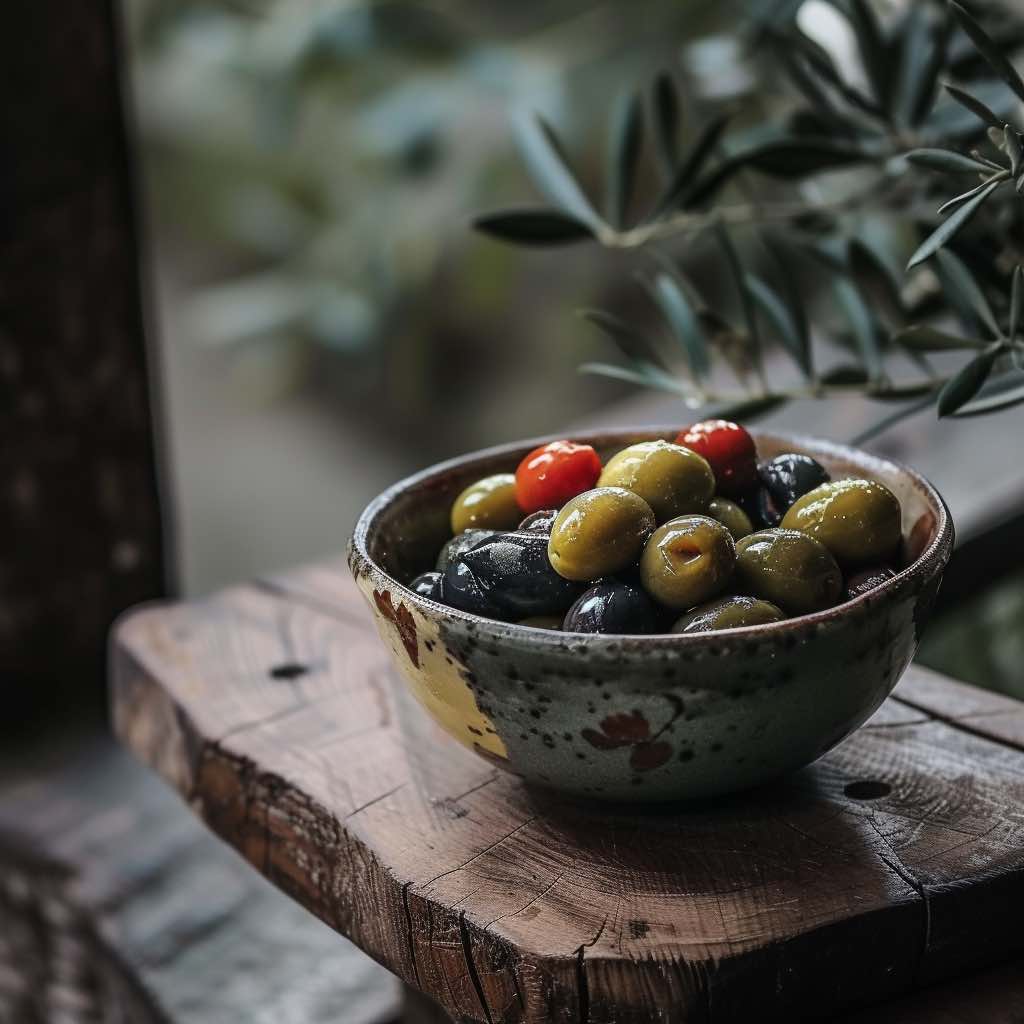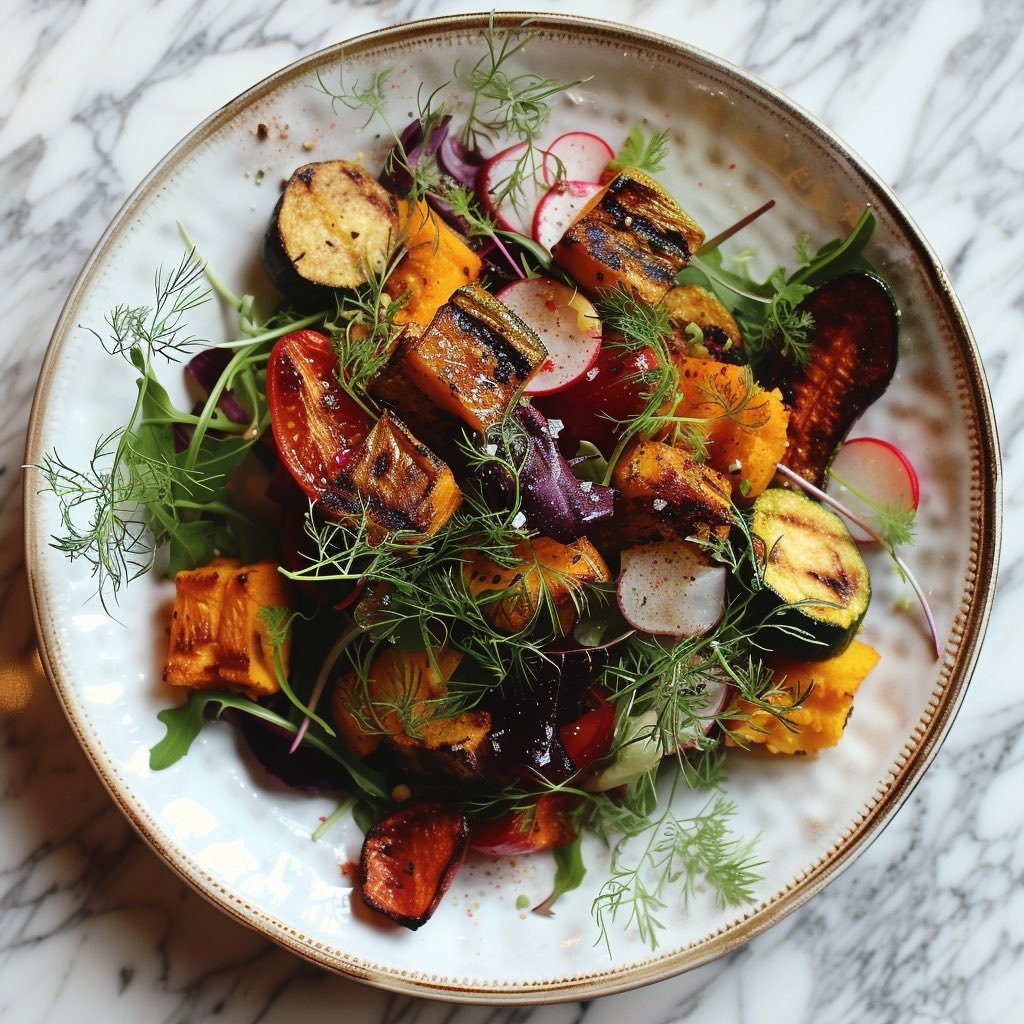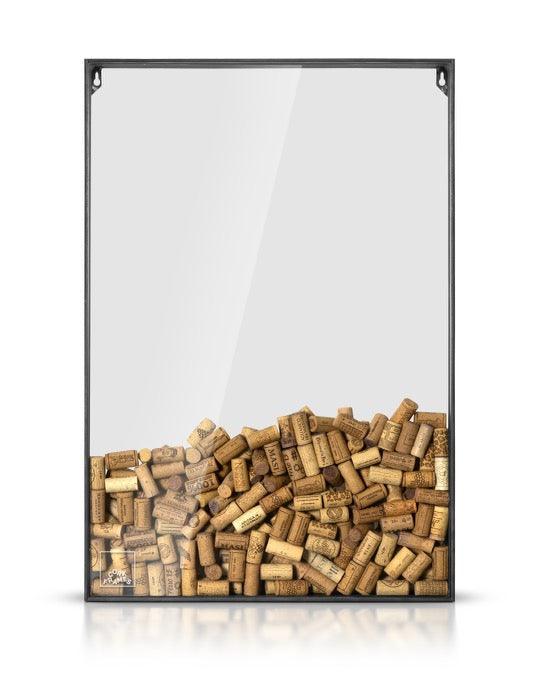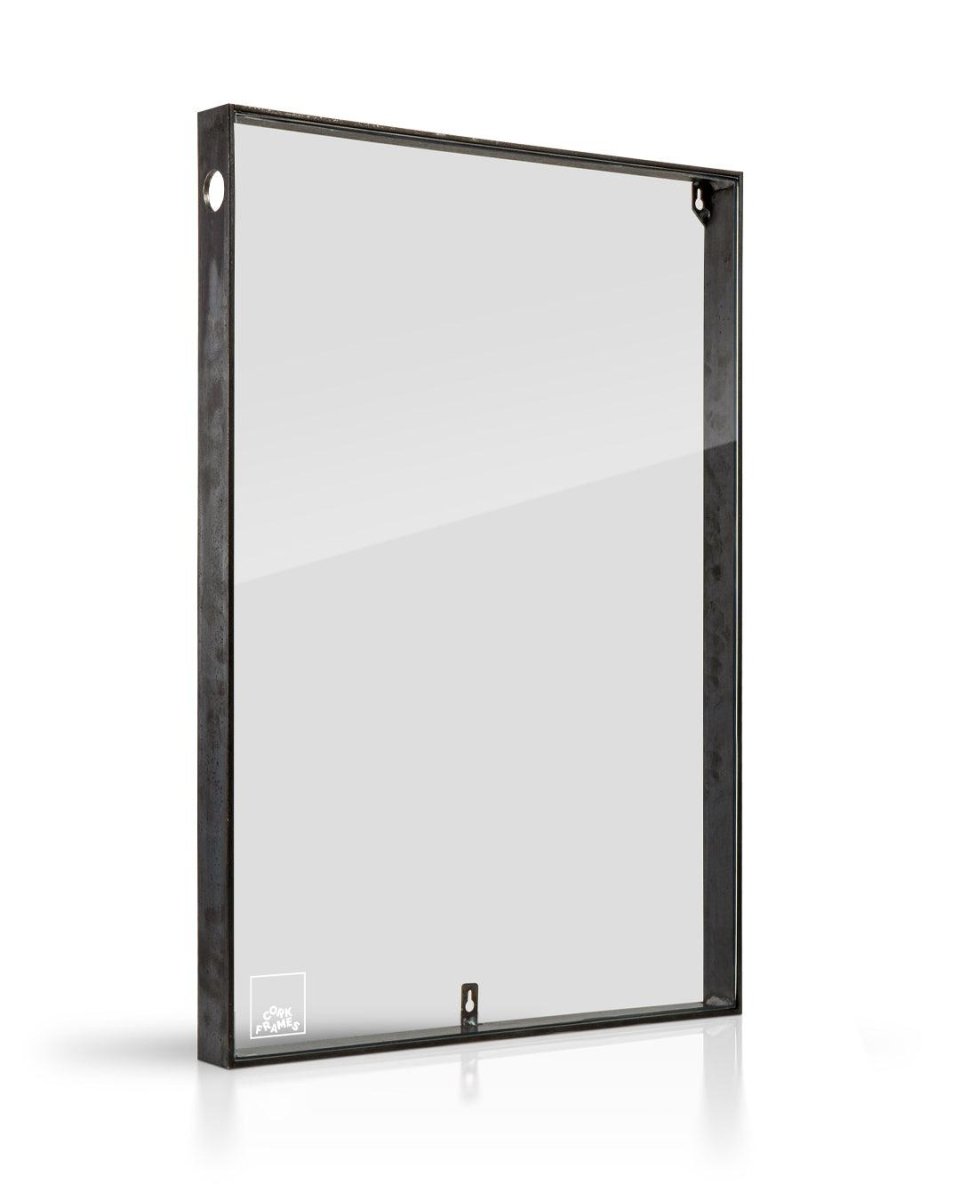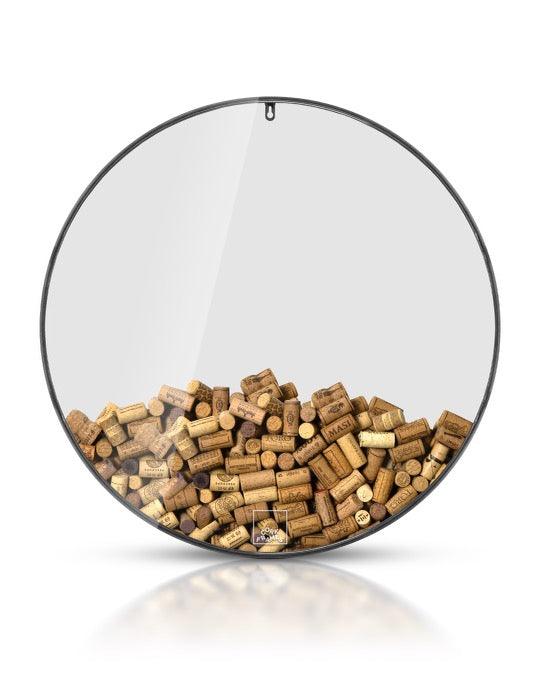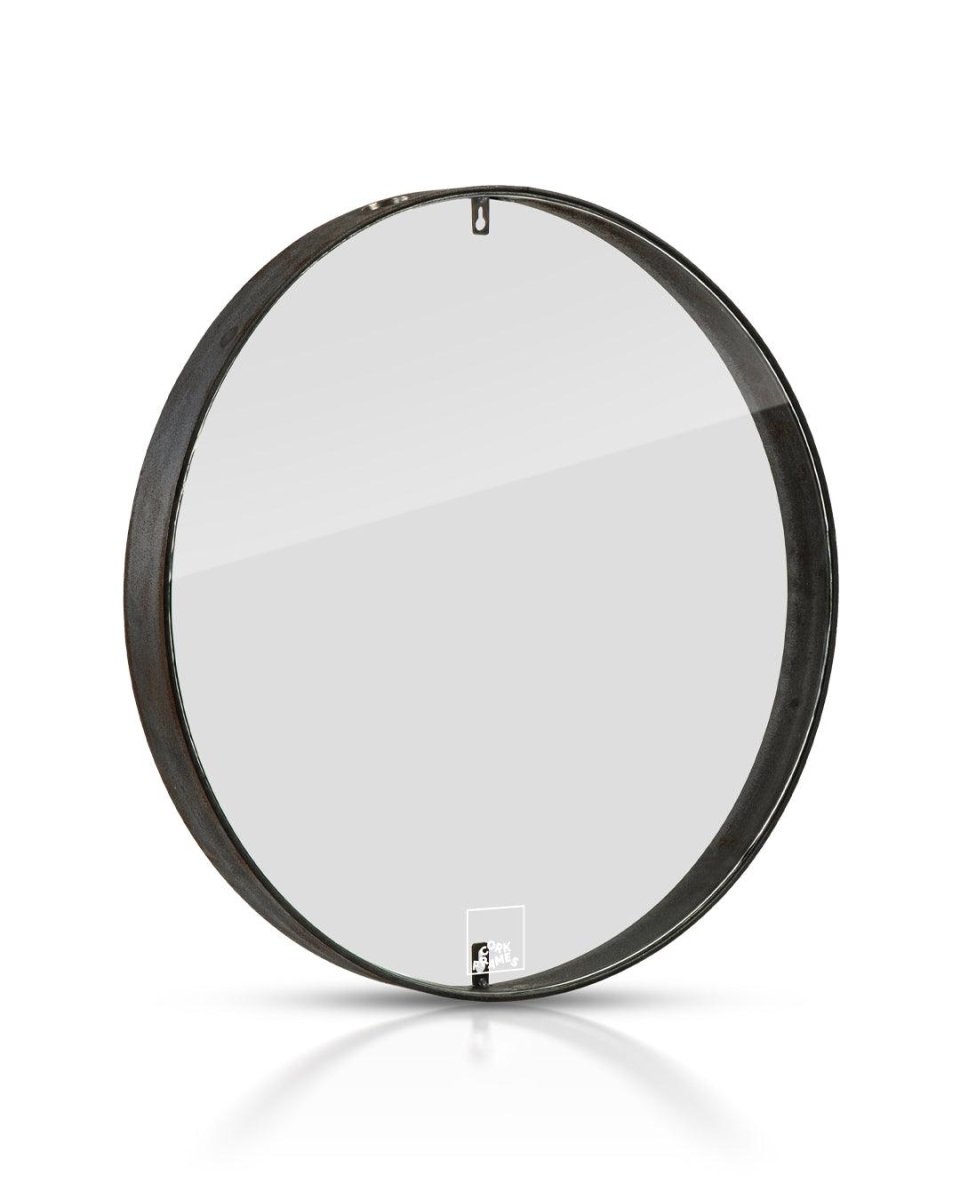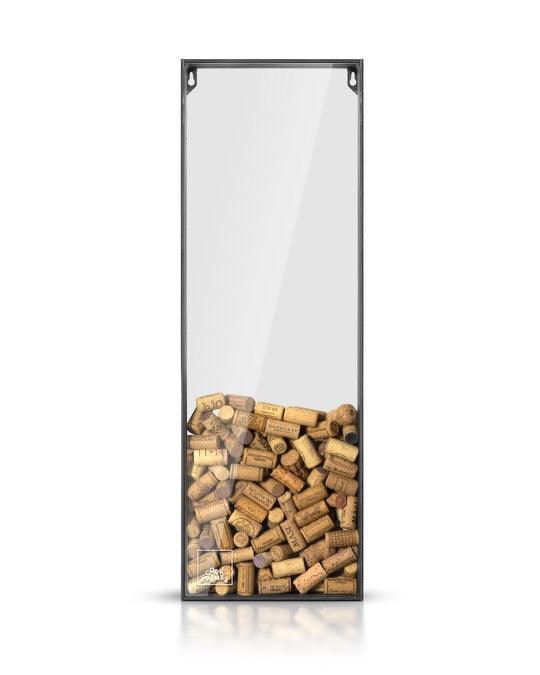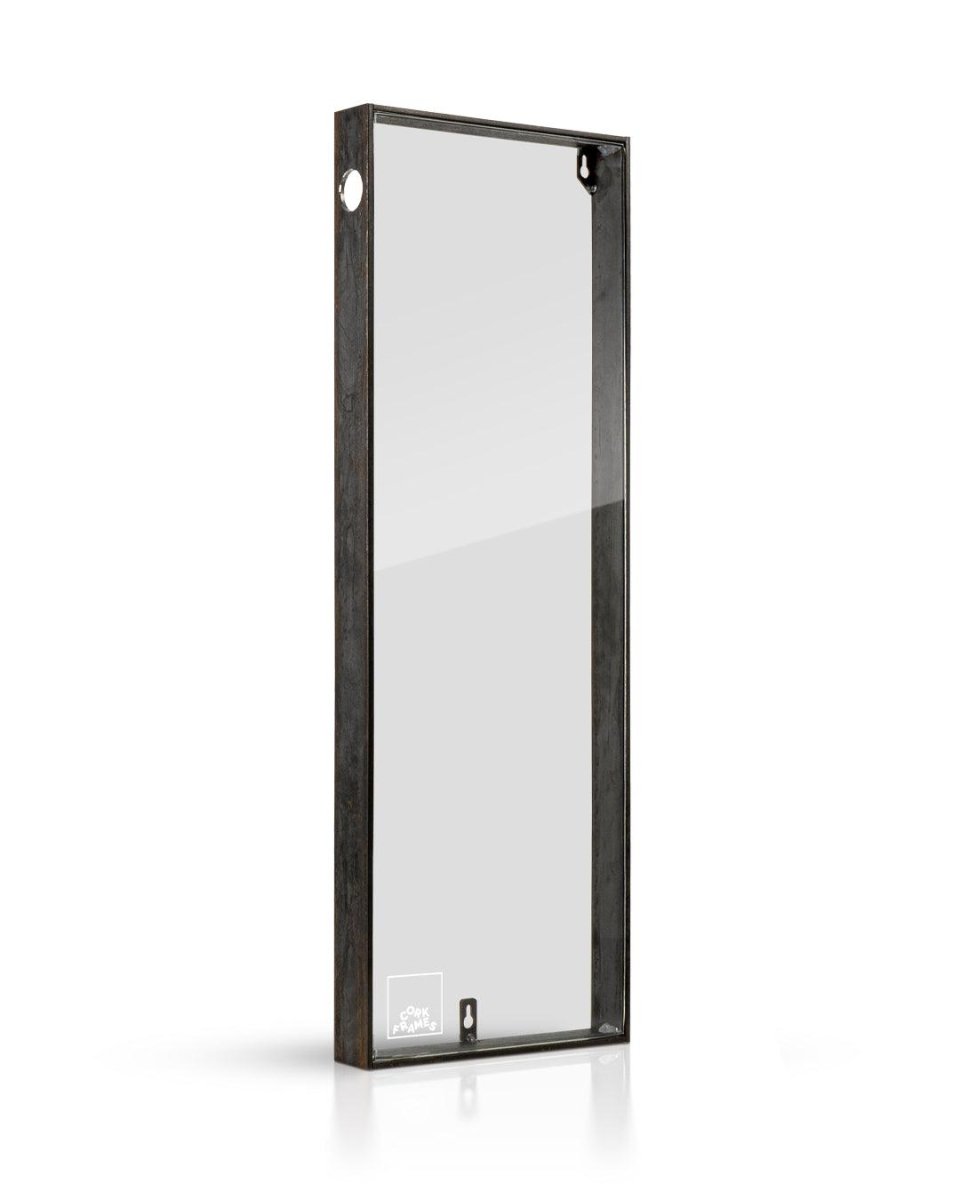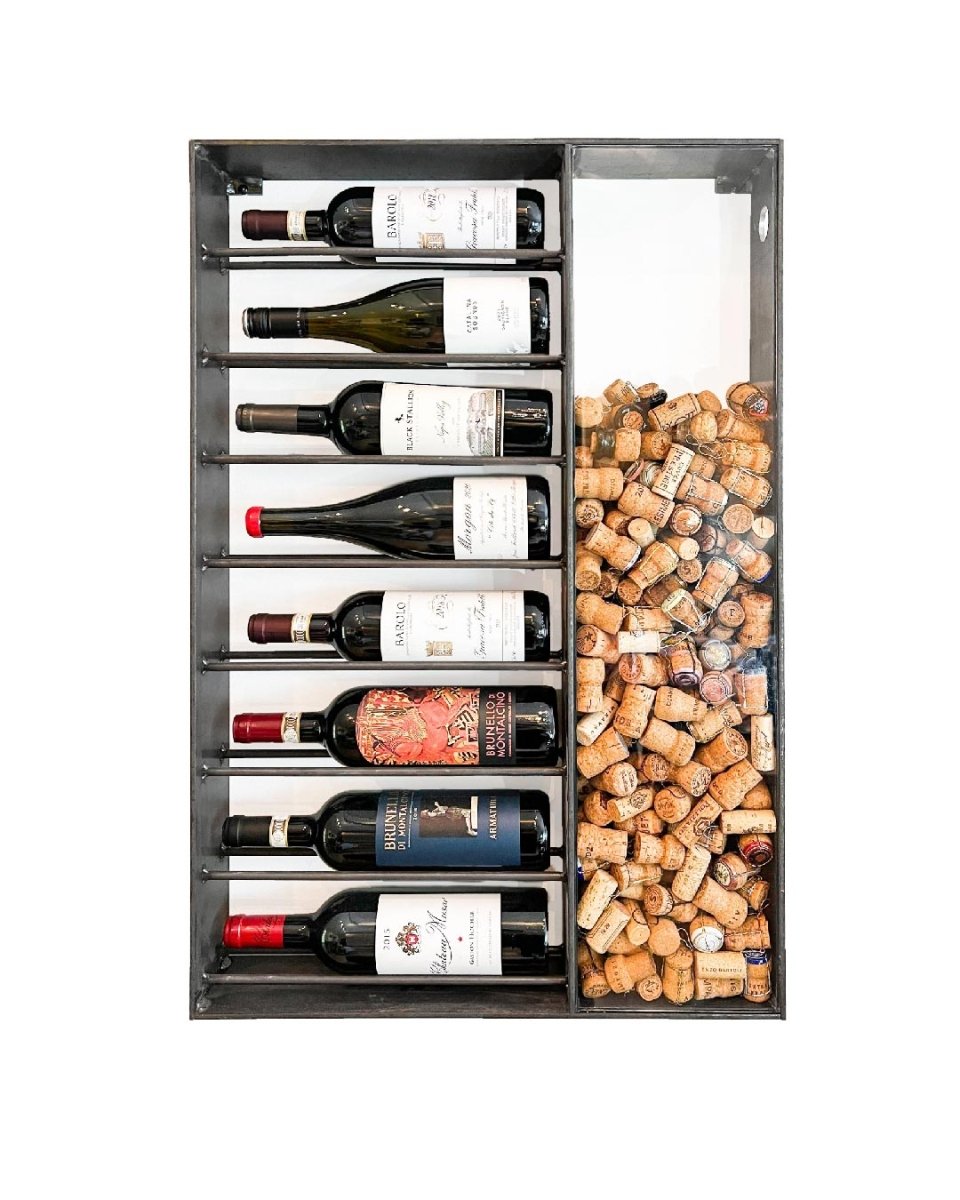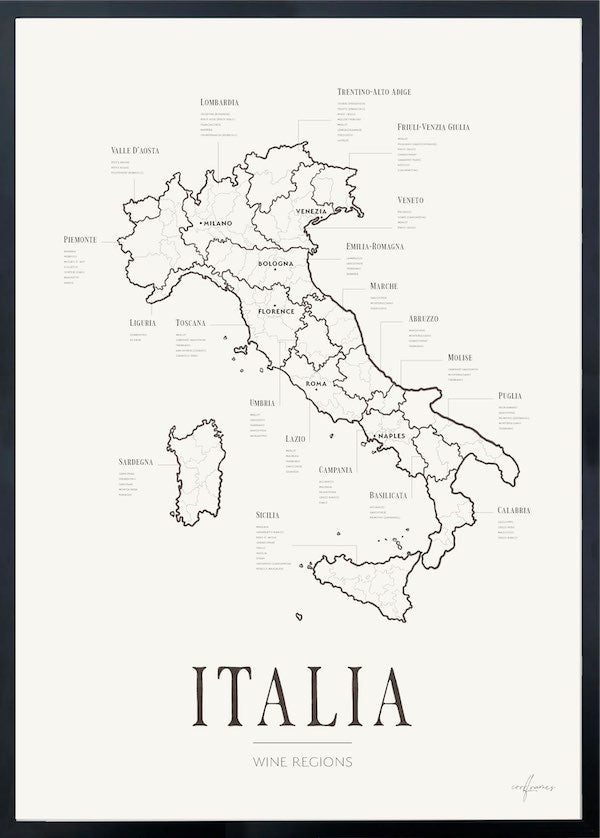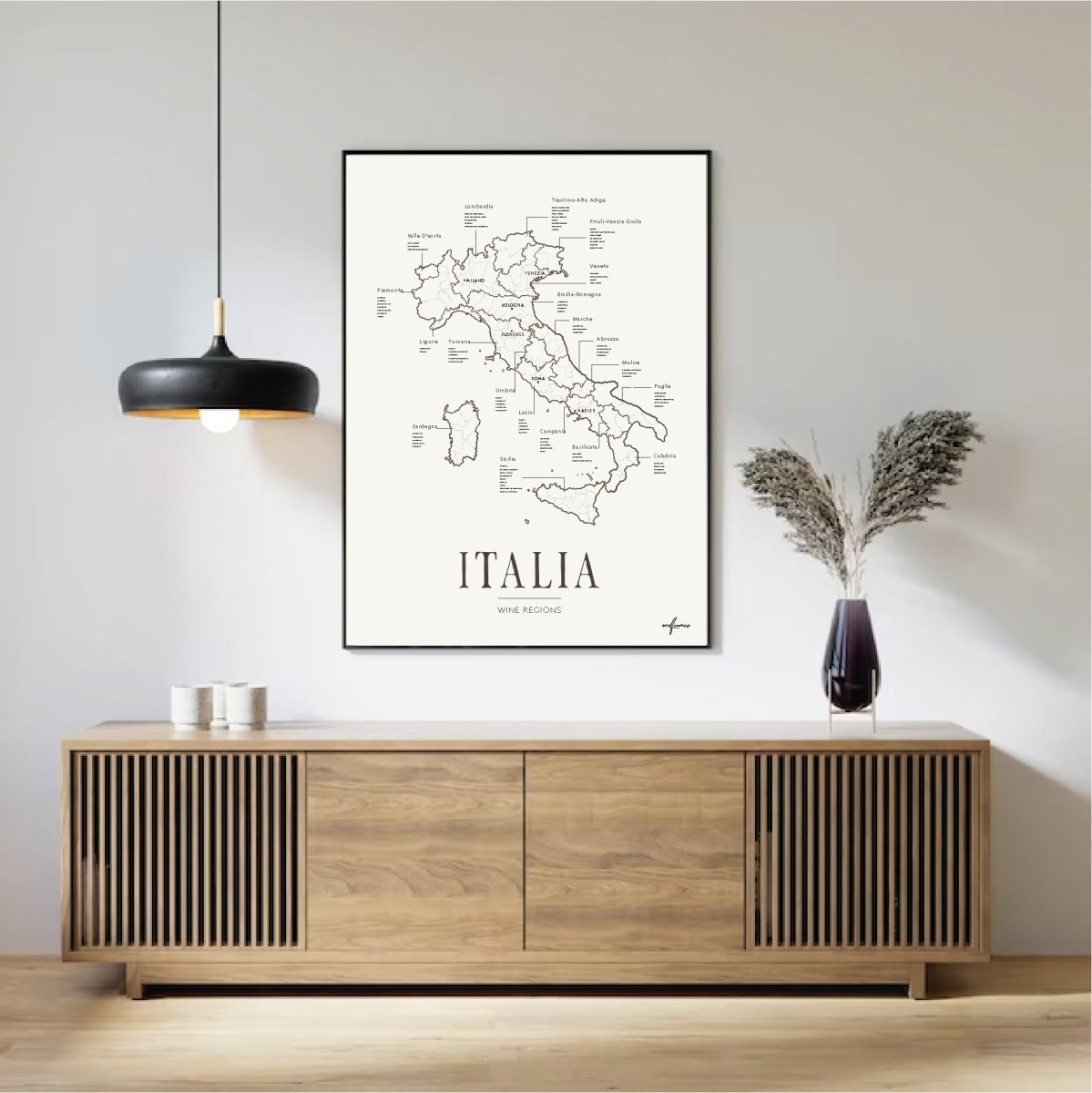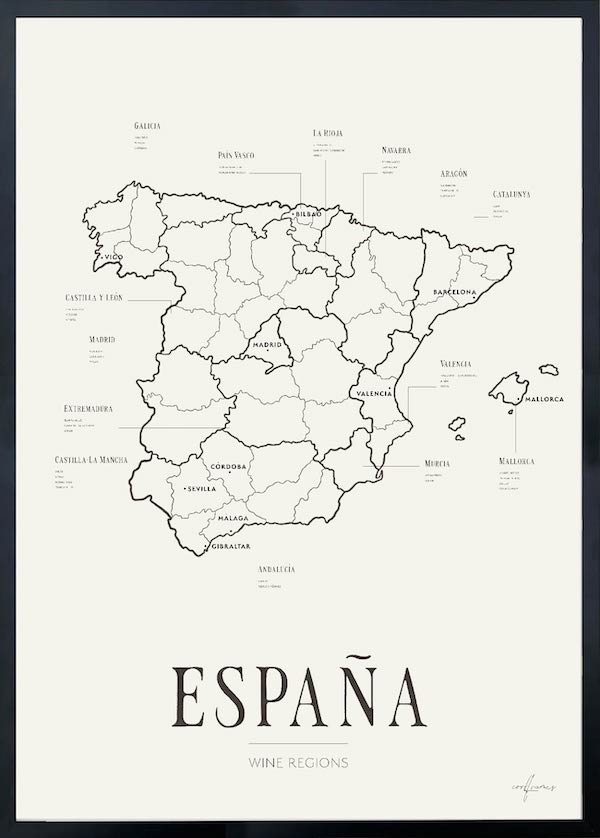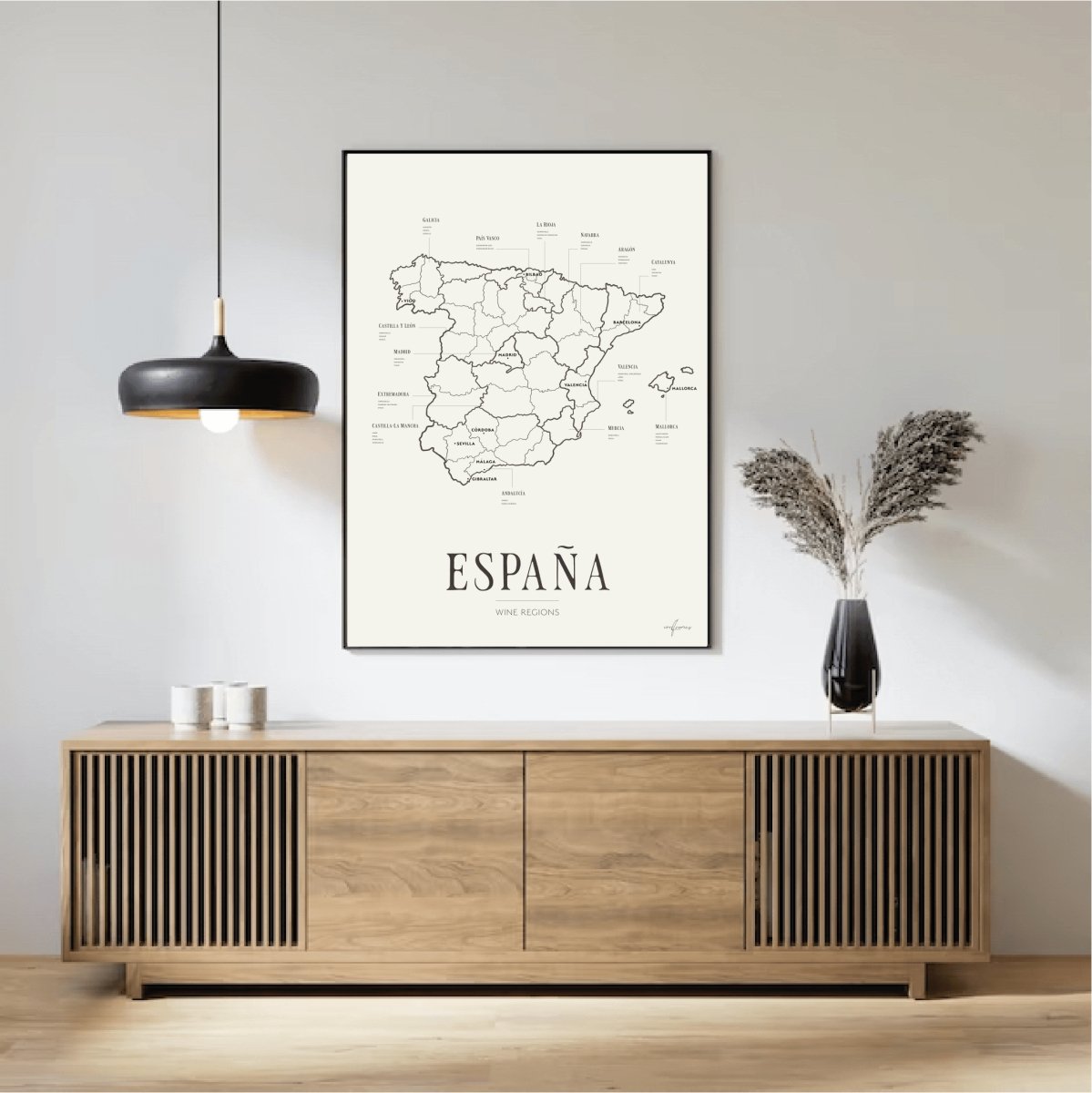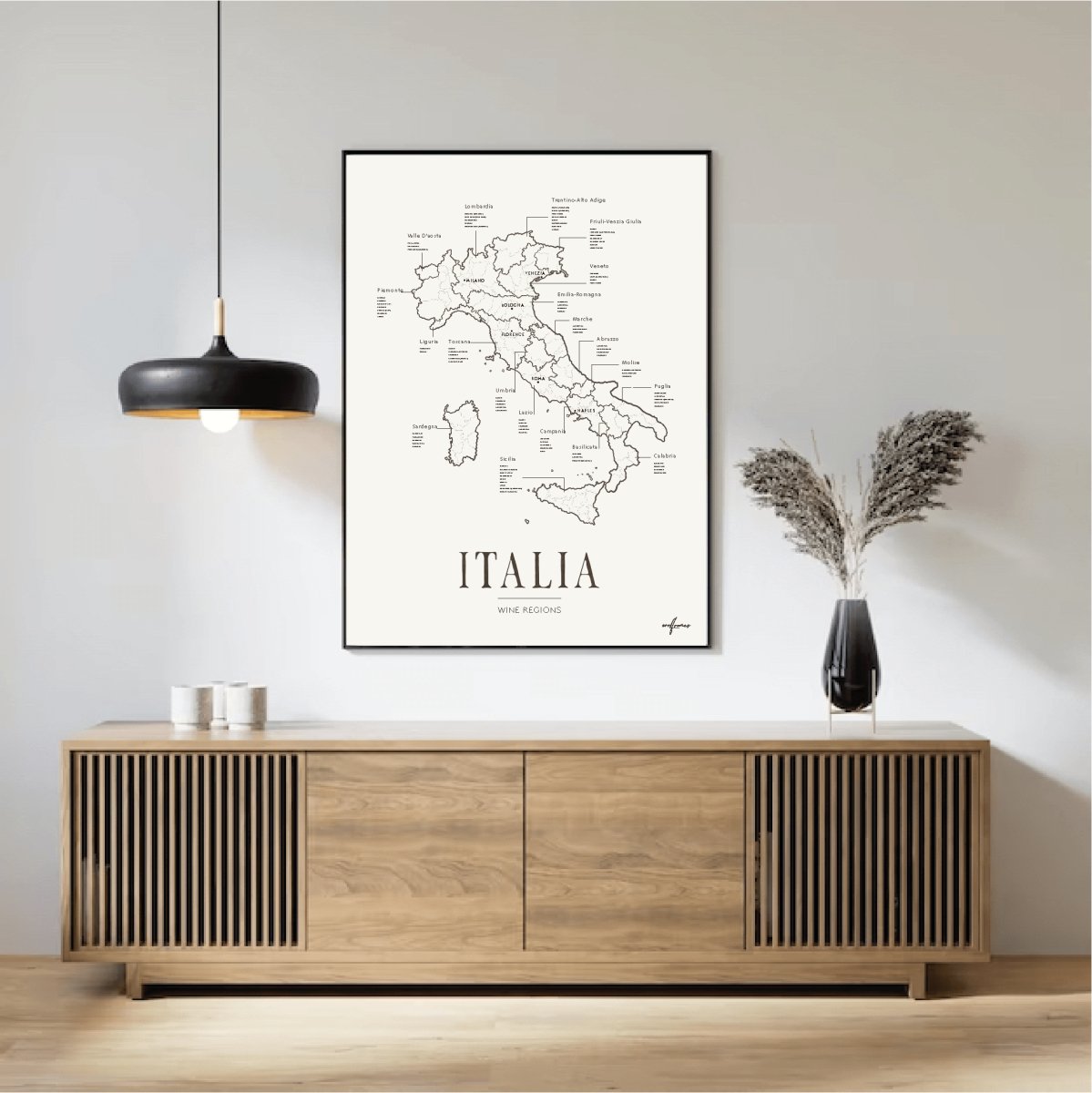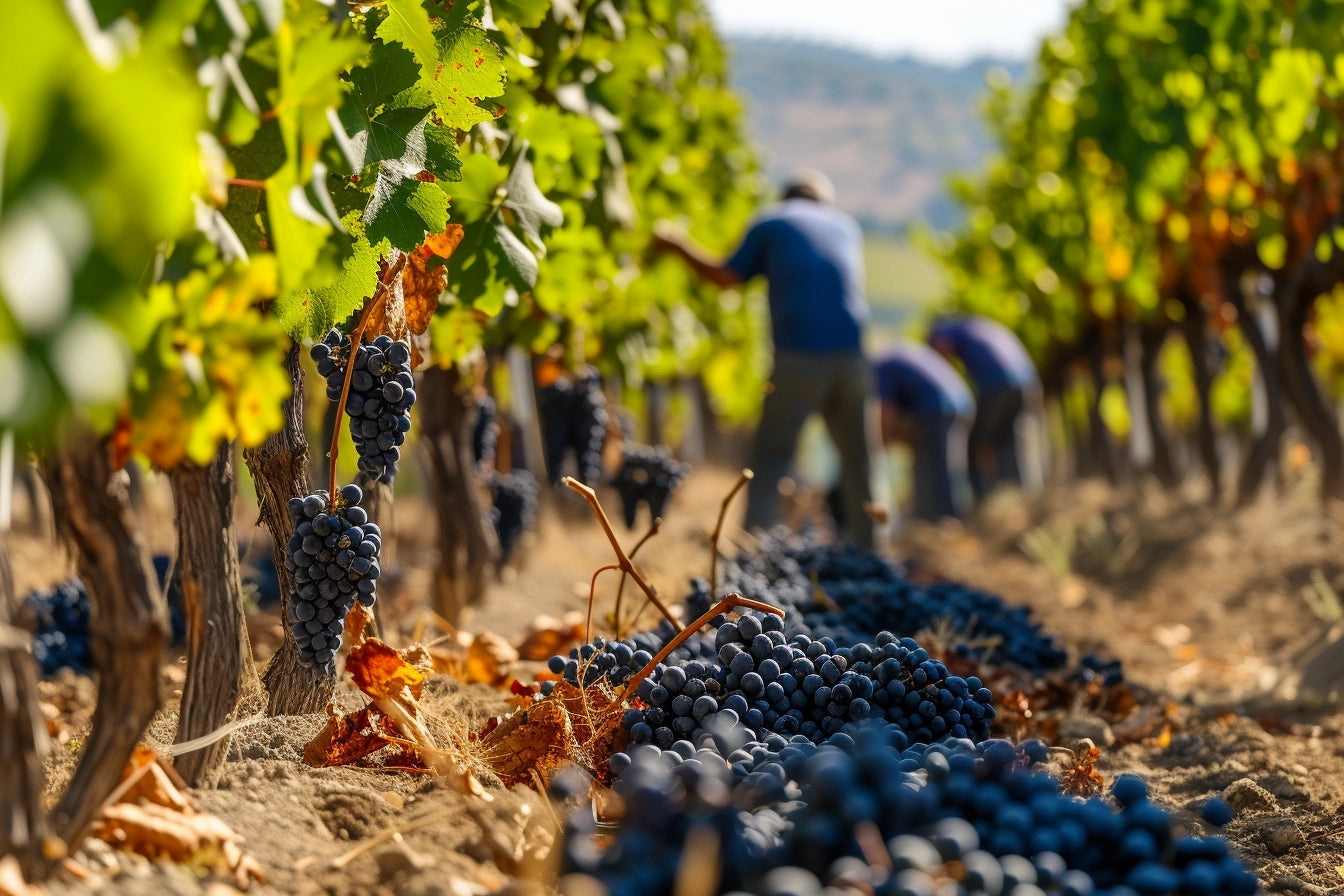The "best" olives can off course vary depending on personal taste and the intended use. Olives are a beloved fruit known for their versatility and rich flavor, enjoyed in a variety of culinary contexts across the world.
Olives come in many varieties, each with its unique taste, texture, and best uses. Whether you're snacking on them straight from the jar, incorporating them into a dish, or using them to produce high-quality olive oil, choosing the right olive can elevate your culinary experience.
Here are some of the most popular and highly regarded varieties of olives:
For Eating (Table Olives):
-
Kalamata: Originating from Greece, these olives are almond-shaped, dark purple, and known for their rich and fruity flavor. They are often cured in red wine vinegar or brine.
-
Manzanilla: A popular Spanish variety, these green olives are small, round, and typically have a slightly smoky, nutty flavor. They are often used in martinis and tapas.
-
Castelvetrano: Known as "Nocellara del Belice," these Italian olives are bright green, sweet, and buttery, making them a favorite for snacking.
-
Arbequina: Also from Spain, these small, brownish-green olives have a mild, fruity flavor and are often used for both eating and oil production.
-
Cerignola: These large, mild, and meaty olives come from Italy and can be green, red, or black. They are great for antipasti platters.
For Oil Production:
-
Arbequina: Besides being a popular table olive, Arbequina olives are prized for their high-quality, fruity olive oil.
-
Picual: This Spanish variety is one of the most commonly used olives for oil due to its high yield and robust flavor with a peppery finish.
-
Koroneiki: Originating from Greece, these small olives are known for producing a high-quality, aromatic olive oil with a strong, fruity flavor.
-
Frantoio: An Italian olive variety known for producing a well-balanced, fruity olive oil with a hint of bitterness and spice.
Specialty and Gourmet Olives:
-
Niçoise: These small, dark olives from France are often used in Mediterranean dishes like salade niçoise. They have a slightly bitter and nutty flavor.
-
Gaeta: These wrinkled black olives from Italy have a mild, slightly sweet flavor and are often used in pasta dishes and pizzas.
Best Uses:
- Kalamata: Salads, spreads, pizzas.
- Manzanilla: Snacks, cocktails (martinis).
- Castelvetrano: Snacking, cheese boards.
- Arbequina: Both eating and making olive oil.
- Cerignola: Antipasti, cheese platters.
Each variety has its own unique flavor profile and best uses, so the "best" olive largely depends on your specific needs and taste preferences.

